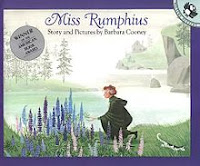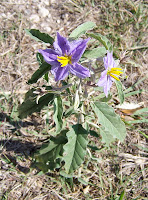After I put my daughter to bed last night, I went outside to sit in the porch swing. The sun had set, but it was light enough that I could look out over the Serengeti that is my front yard this year. Somewhere behind me in the trees I could hear a Chuck-will’s-widow repeatedly calling. A light breeze skittered about.
A mantle of calm settled over me.
We have had a stressful few weeks here, what with a family illness and the volunteer job from down under (and I don’t mean Australia). We spent a lovely Easter weekend with my husband’s family, and then returned home to attend the funeral of my husband’s friend, a good man who died at 48, leaving behind a widow with five young children.
But as I sat in the swing gently rocking, I felt a small healing of my soul. I told myself I need to do this every day.
This afternoon, I poured my coffee and headed out for my five minutes, a very different interval today. It is 91 degrees F (so far) today, with a hot wind sucking the moisture from everything it touches. Black butterflies hung from the mealy blue sage blooms; a grasshopper clattered across the yard; a helicopter rumbled past.
Then a neighbor commenced shooting. Our dog Iris is terrified of guns, and immediately clambered up onto the porch swing seeking protection. I’m always a little nervous myself when neighbors are shooting. Does the neighbor know I’m outside? Does he know where his bullets will land? I began whistling as loud as I could, took some pictures, and came indoors.
I am not deterred. As part of this new resolution I plan to experience whatever is happening out there, be it good or not so good. However, my next excursion to the porch will be with my morning coffee. Perhaps that will be a more peaceful time on the porch. I’ll let you know how it goes.
Favorite spot in the garden:
Despite the heat and drought, the standing cypress (Ipomopsis rubra) are standing tall and proud out in the wild area in front of our house. These are native to our area, but were not growing on our place. At least, not until my mother-in-law gave me some seeds a few years back. This is the second year I’ve had blooms in this area – love it! Take note: the Jerusalem sage (behind the cypress) blooming in my post last week is dry and brown this week – too hot, too dry.















